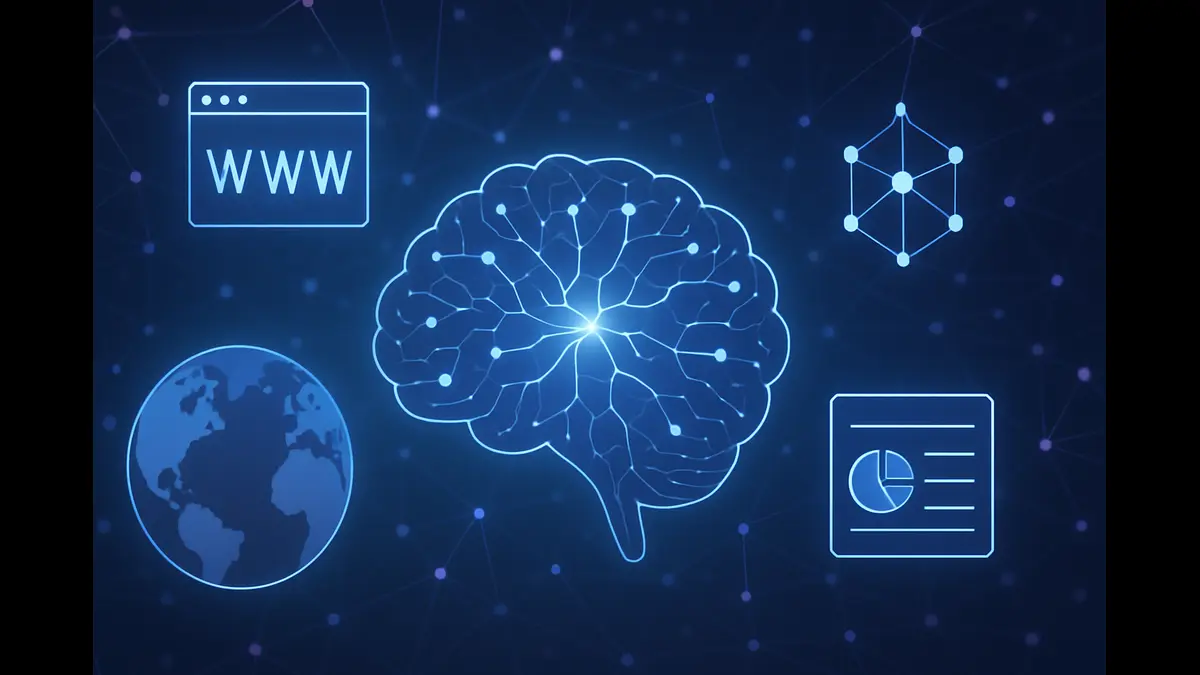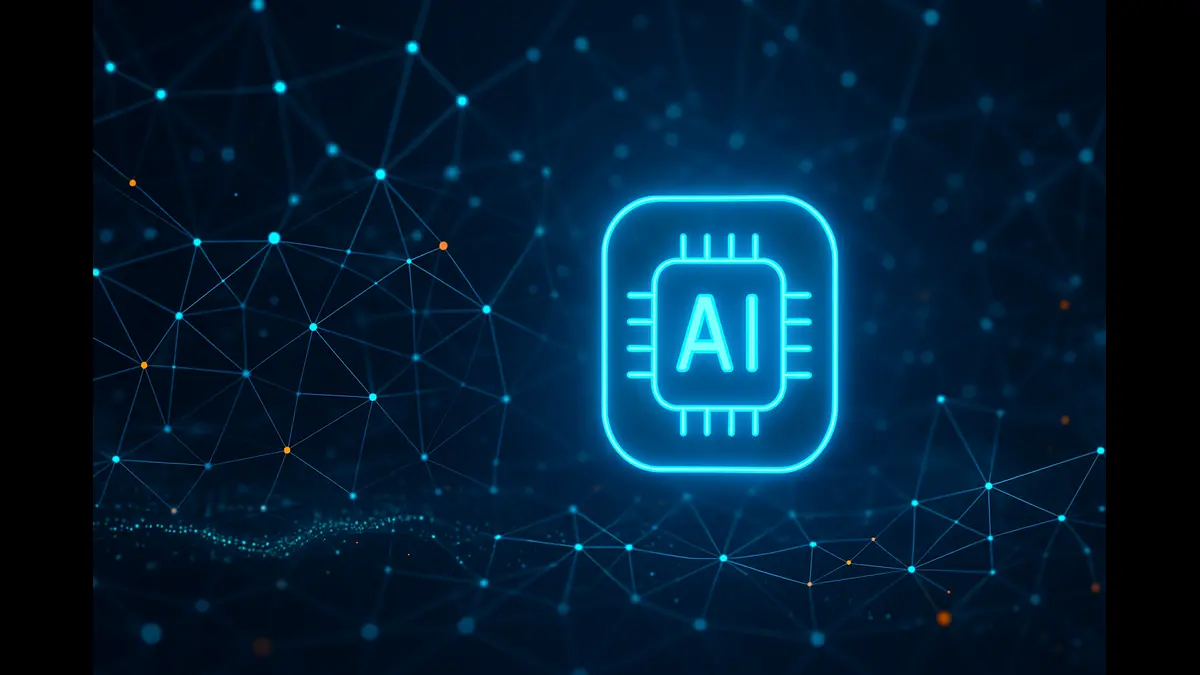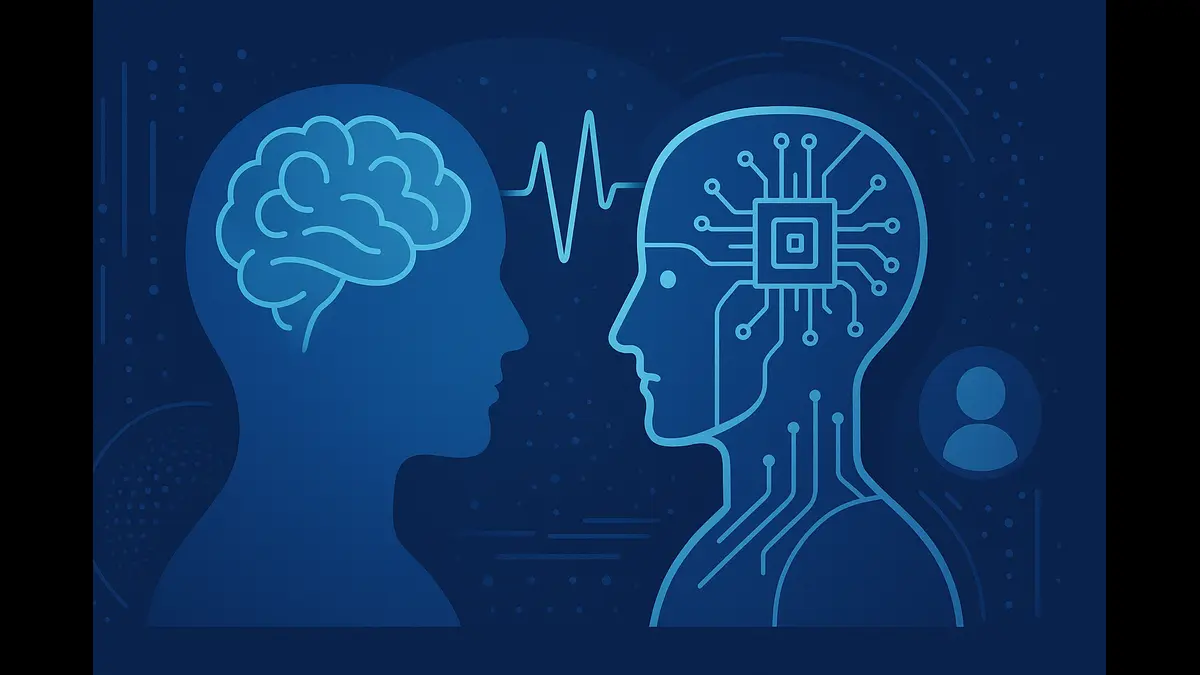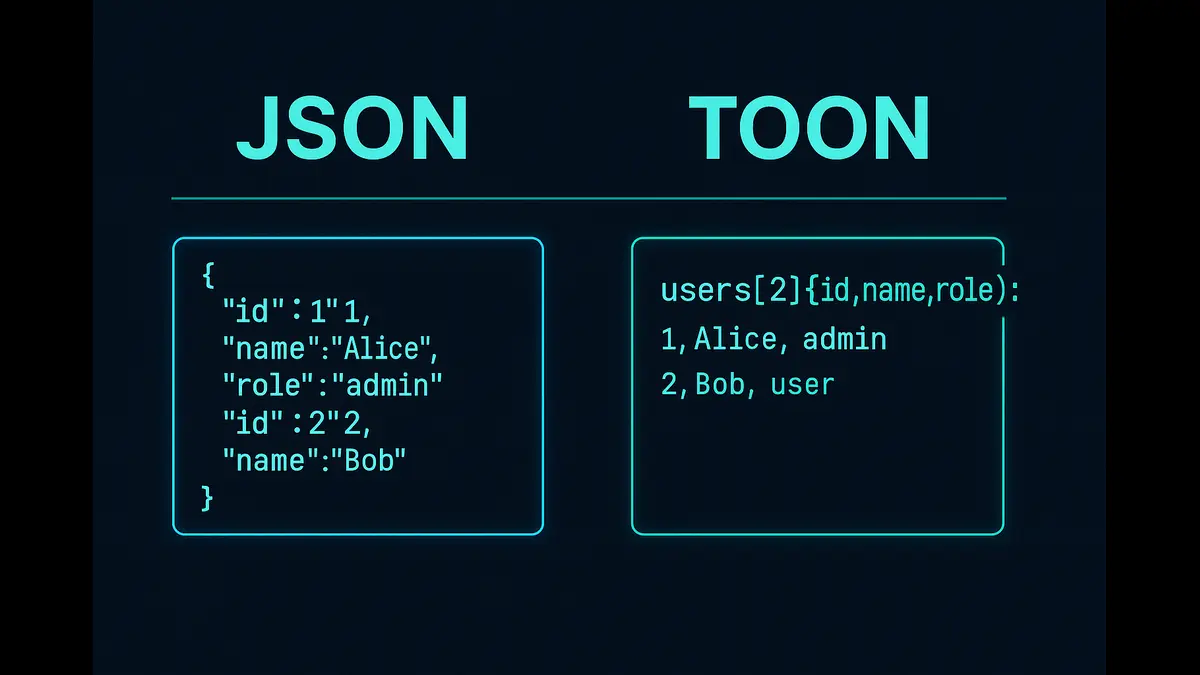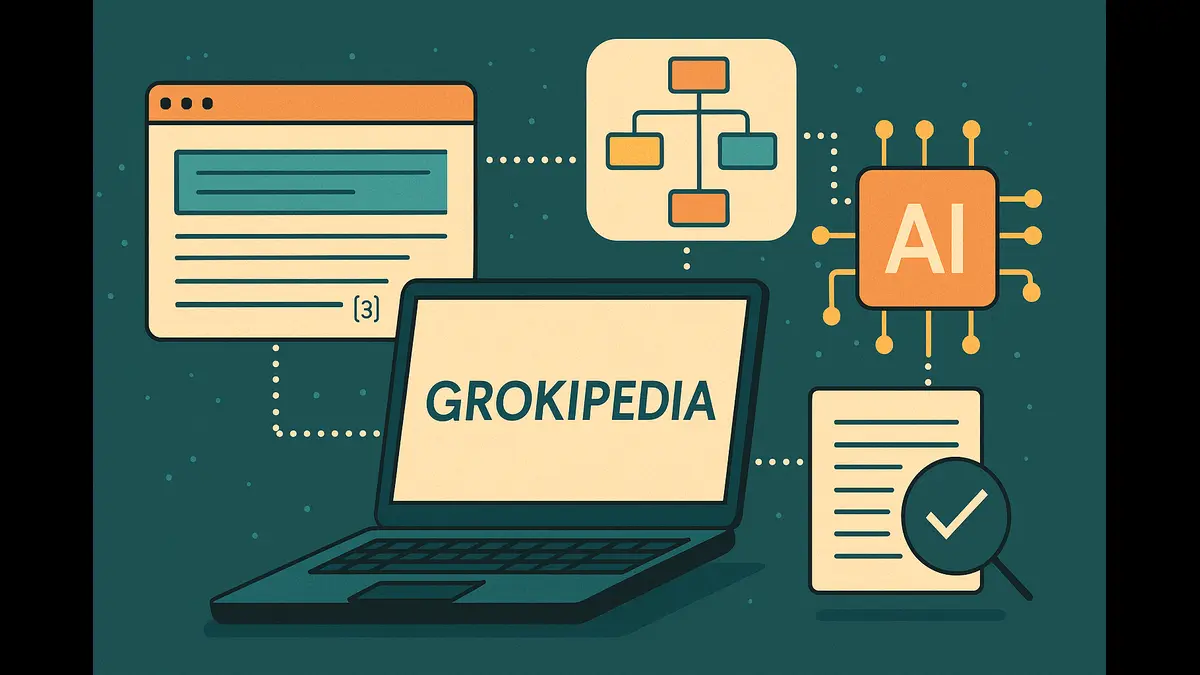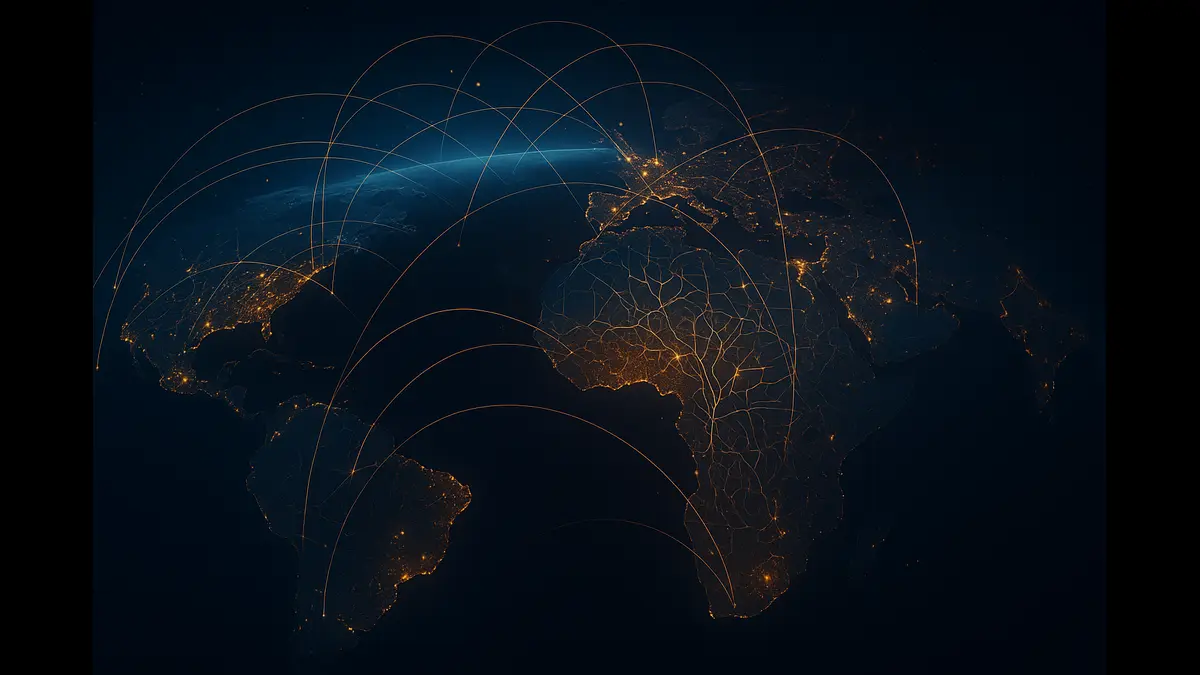
Google and the World Bank have formed a global alliance to deploy AI-driven public digital systems in developing nations. By combining Google’s AI tools with the Bank’s development expertise, the initiative aims to modernize agriculture, healthcare, and education—bridging the digital divide and creating equitable growth across emerging economies.
In a landscape where digital access shapes economic trajectories, the announcement of a partnership between Google and the World Bank Group marks a strategic convergence of private-sector innovation and public-sector development. This alliance targets the construction of artificial intelligence-driven public digital systems in emerging markets, emphasizing open architectures that streamline citizen-government interactions. By merging Google’s computational capabilities with the Bank’s institutional knowledge, the initiative promises to enhance service delivery in agriculture, health, and workforce development. For global business leaders, this represents not only a blueprint for scalable technology deployment but also an opportunity to engage in ecosystems that prioritize equitable growth. As emerging regions account for over 85% of the world’s population under 30, such collaborations could unlock trillions in productivity gains, fostering resilient supply chains and new market frontiers.
The Core of the Partnership: Open Network Stacks as Foundational Assets
At the heart of this collaboration lies the deployment of Open Network Stacks—modular, standards-based frameworks that function as the backbone for interconnected public services. These stacks enable governments to assemble interoperable digital ecosystems without the silos that often plague legacy systems. Imagine a farmer in rural Senegal querying crop yields via a basic mobile phone, or a health worker in Ghana accessing patient records in real time; these scenarios become feasible through standardized protocols that ensure seamless data flow across platforms.
Google Cloud contributes its suite of artificial intelligence tools, prominently featuring the Gemini family of models, which excel in natural language processing and multimodal analysis. These technologies allow for intuitive interfaces that adapt to user needs, processing queries in context and delivering actionable insights. The World Bank Group, drawing from its decades of fieldwork in over 100 countries, provides the on-the-ground acumen to tailor these solutions to local realities. This includes navigating regulatory landscapes, ensuring cultural relevance, and measuring socioeconomic impacts through rigorous evaluation frameworks.
The partnership’s design prioritizes accessibility: services will support interactions in more than 40 languages, spanning diverse linguistic families from Indo-European to Niger-Congo. This linguistic breadth addresses a critical barrier in regions where English or French proficiency is low, estimated to affect 60% of potential users in sub-Saharan Africa. Moreover, the systems are optimized for low-bandwidth environments and feature phones, aligning with penetration rates where smartphones represent only 45% of devices in low-income countries. Such inclusivity not only broadens reach but also amplifies return on investment for stakeholders, as evidenced by World Bank studies showing digital tools can boost GDP contributions from agriculture by up to 15% in targeted interventions.
Proven Foundations: Lessons from the Uttar Pradesh Pilot
This global endeavor builds directly on a pro bono demonstration project in Uttar Pradesh, India, one of the world’s most populous states with over 240 million residents. Launched in collaboration with local authorities, the pilot integrated AI-enhanced networks to empower smallholder farmers, a demographic comprising 80% of India’s agricultural workforce. Participants gained access to real-time market pricing, weather advisories, and supply chain linkages through a unified platform, that reduced information constraints which previously eroded margins by 20-30%.
Quantitative outcomes underscore the pilot’s efficacy: thousands of farmers reported average profitability increases of 25%, achieved via predictive analytics that optimized planting schedules and minimized post-harvest losses. For instance, Gemini-powered models analyzed satellite imagery and soil data to forecast pest outbreaks, enabling preemptive measures that saved an estimated 10% in crop yields. Qualitatively, the initiative fostered trust in digital tools, with adoption rates climbing from 15% to 65% among initial cohorts. This success, highlighted in reports by Google and the Uttar Pradesh government, proved that Open Network Stacks can scale effectively and be adapted for regions such as East Africa or Latin America.
Business implications extend beyond immediate yields. The pilot demonstrated cost efficiencies—deployment expenses dropped 40% through reusable modules—offering a model for enterprises seeking to enter agrarian value chains. Multinationals in agribusiness, for example, could leverage these networks for compliant sourcing, enhancing traceability and sustainability credentials that appeal to ESG-focused investors.
Sectoral Applications: Tailored Solutions for High-Impact Domains
The alliance’s sectoral focus—agriculture, healthcare, and skilling—reflects a deliberate choice of areas where digital interventions yield outsized benefits. In agriculture, which employs 60% of workers in low-income economies, AI networks will facilitate precision farming tools, such as IoT-integrated advisories for irrigation and fertilizer use. Drawing from the Uttar Pradesh model, these could integrate with existing platforms like India’s e-NAM marketplace, potentially increasing farmer incomes by 10-20% continent-wide.
Healthcare applications address systemic strains, where provider shortages affect 4 billion people globally. Interoperable stacks would enable electronic health records shared across facilities, augmented by AI for triage and diagnostics. In a scenario akin to pilots in Kenya, patients could receive multilingual consultations via voice interfaces, reducing urban-rural disparities and cutting diagnostic errors by 30%, per World Health Organization benchmarks.
For skilling, the emphasis is on bridging the 85 million job gap projected by the International Labour Organization by 2030. AI-driven platforms will deliver personalized learning paths, assessing competencies in local dialects and matching trainees to opportunities. This could mirror successes in Indonesia, where similar tools have elevated employability in tech-adjacent roles by 35%.
From a corporate vantage, these domains open avenues for B2G partnerships. Tech firms might co-develop APIs for integration, while financial institutions could embed lending modules into health networks, streamlining microfinance disbursements.
Philanthropic Backbone: Empowering Networks for Humanity
Sustainability anchors the initiative through Google.org’s financial commitment to Networks for Humanity (NFH), a newly established nonprofit dedicated to stewarding open digital commons. NFH’s mandate encompasses advancing the Beckn protocol—an open-source specification for decentralized commerce—and Finternet protocols for asset tokenization, which democratize ownership of resources like land titles or carbon credits.
These efforts will seed regional innovation hubs, starting in South Asia and East Africa, where multidisciplinary teams will prototype applications. Pilots might include tokenized supply chains for coffee farmers in Ethiopia, ensuring transparent revenue sharing, or Beckn-enabled ride-hailing for underserved communities in Brazil. By 2027, NFH aims to onboard 10 such labs, fostering a collaborative ethos that invites contributions from academia and civil society.
For investors, NFH’s structure signals long-term viability: as a neutral steward, it mitigates vendor lock-in risks, promoting ecosystems where multiple players thrive. This aligns with broader trends, such as the $500 billion in annual digital infrastructure spending forecasted by McKinsey for emerging markets through 2030.
Strategic Considerations for Global Enterprises
Engaging this ecosystem demands foresight. Companies should assess interoperability compliance early, viewing Open Network Stacks as a de facto standard akin to the internet’s TCP/IP. Risks include data sovereignty variances—addressed via the Bank’s governance templates—and equitable rollout, where 40% of rural areas lack reliable connectivity. Mitigation lies in hybrid models blending cloud and edge computing.
Opportunities abound: consultancies could specialize in localization, while hardware providers supply rugged devices for field use. Ultimately, this partnership exemplifies how cross-sector alliances can catalyze inclusive prosperity, urging businesses to position themselves as enablers rather than extractors.
Realizing Shared Prosperity
As this alliance unfolds, it reaffirms technology’s role in equitable advancement. The initial scoping engagements are underway in three pilot countries, as per World Bank updates, setting the stage for broader replication. For executives charting global strategies, the message is clear: in an interconnected world, investing in others’ digital futures secures one’s own.
Discover more from Poniak Times
Subscribe to get the latest posts sent to your email.



